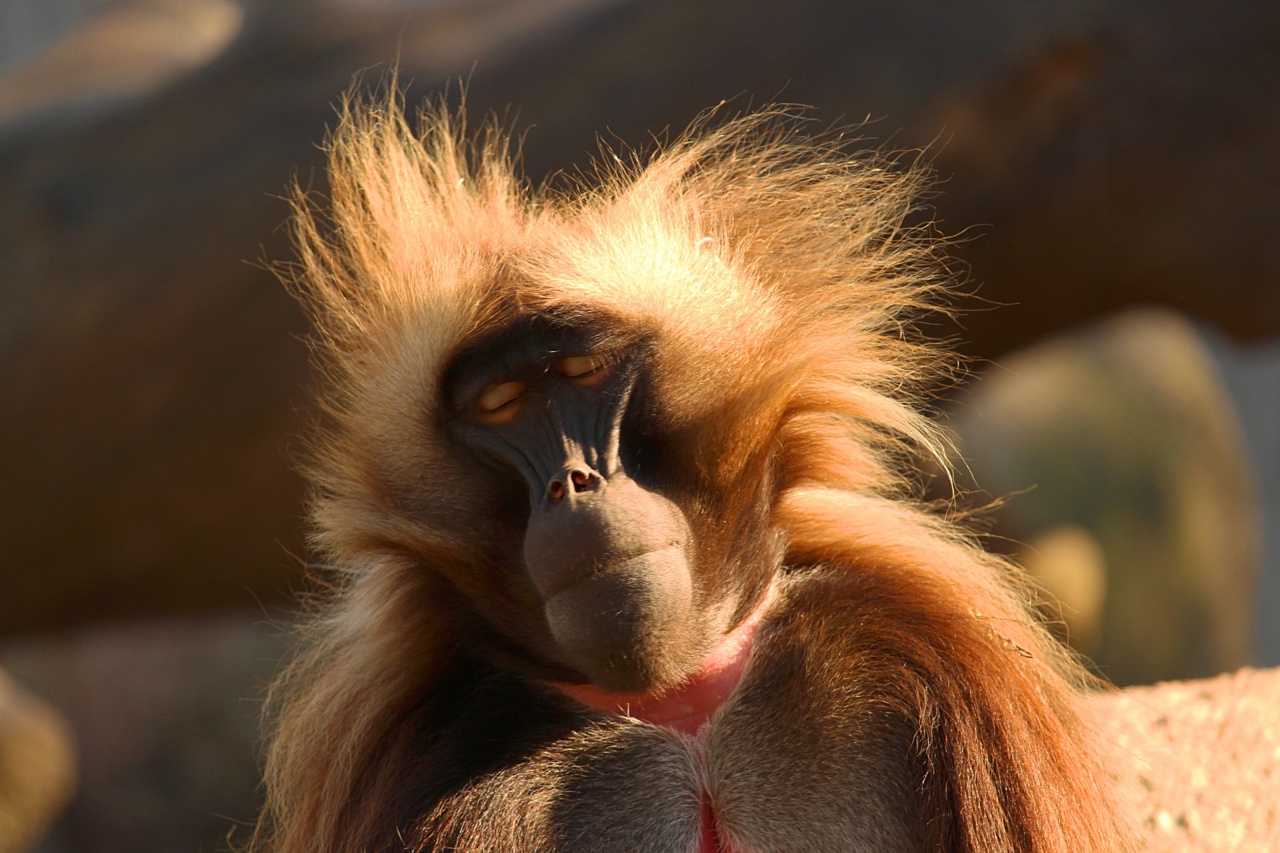The cerebellum is a small yet essential part of the brain that controls movement, balance, coordination, and language. It is located at the back of the skull, just below the cerebrum.
Though the cerebellum is a relatively simple part of the brain, it has evolved significantly in primates over millions of years. In this article, we will trace the evolution of the cerebellum in primates and explore its functional and structural changes.
The cerebellum in early primates
The cerebellum first appeared in early mammalian species that lived over 300 million years ago. It was relatively small and primordial, controlling only the basic movements of the animals, such as crawling and climbing.
As primates evolved, the cerebellum also grew in size and complexity. The cerebellum became more important in controlling fine motor movements and balance, as primates began to live in trees and move more skillfully from branch to branch.
The emergence of the neocerebellum
As primates evolved further, a new region of the cerebellum emerged, called the neocerebellum.
This new region was much larger and more complex than the rest of the cerebellum and controlled more advanced movements, such as grasping and manipulating objects. The neocerebellum was particularly important in the evolution of human beings, as it enabled us to develop tools and engage in complex activities such as writing and playing musical instruments.
The function of the cerebellum in primates
Despite its relative simplicity compared to the cerebrum, the cerebellum plays a vital role in primates’ movement, coordination, and language.
The cerebellum is connected to the rest of the brain through a network of neurons and helps to fine-tune movements and balance. It also helps to maintain muscle tone and is involved in the learning and execution of new motor skills.
In addition, the cerebellum has connections to the language centers in the brain and is thought to play a critical role in speech and communication.
The evolution of the cerebellum across primate species
The cerebellum has evolved in different ways across primate species, depending on their lifestyles and environmental pressures.
For example, in lemurs and lorises, which are nocturnal and arboreal, the cerebellum is relatively small compared to the rest of the brain, reflecting their simple movements and lack of complex activities. In contrast, in apes and humans, the cerebellum is much larger, reflecting the advanced movements and complex behaviors of these species.
The role of the cerebellum in primate brain evolution
The evolution of the cerebellum has played a significant role in primate brain evolution, as it has enabled primates to develop more advanced movements and engage in more complex behaviors.
The cerebellum has also been linked to the development of cognitive abilities, such as problem-solving and decision-making. The cerebellum has evolved alongside the rest of the brain, and changes in the structure and function of the cerebellum have corresponded with changes in other brain regions, reflecting the interconnectivity of the brain.
The cerebellum and brain size in primates
Studies have shown that there is a positive correlation between the size of the cerebellum and overall brain size in primates.
This suggests that the cerebellum plays a critical role in primate brain evolution and has contributed to the expansion of other brain regions, such as the neocortex, which is responsible for higher cognitive functions.
Conclusion
The cerebellum is a small but important part of the brain that has evolved significantly in primates over millions of years.
The emergence of the neocerebellum has enabled primates to perform more advanced movements and engage in complex behaviors, such as language and tool use. The cerebellum plays a vital role in fine-tuning movements, maintaining balance, and learning new motor skills.
The evolution of the cerebellum has played a critical role in primate brain evolution, contributing to the expansion of other brain regions and the development of cognitive abilities.





























